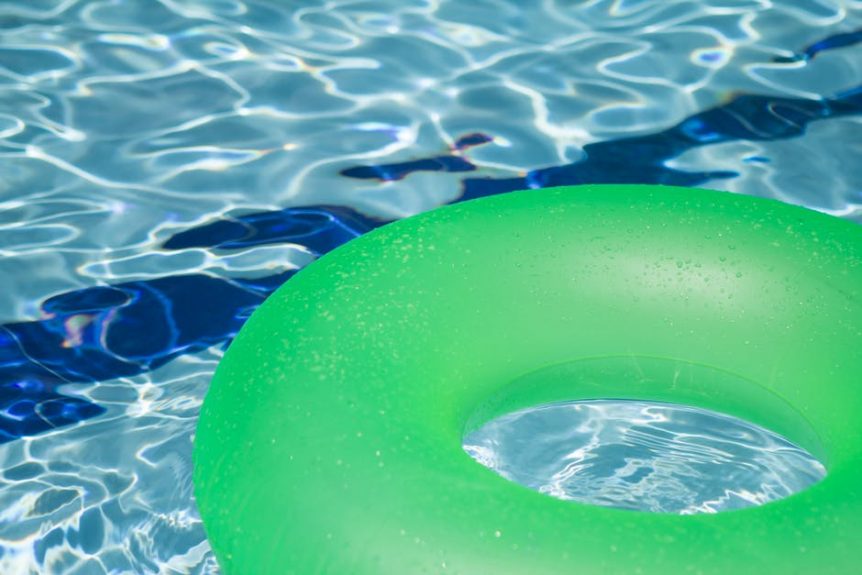As summer gets into full swing, more and more families are flocking to the pool or other bodies of water to stay cool. While this is a great way to spend the day lounging about and swimming, water can be very dangerous for children who don’t know how to stay safe in this environment. Children can drown in very shallow water, and other aspects of playing in water can cause harm to a child too if you’re not careful. So to help your kids stay safe and for you as a parent to have some peace of mind, here are three tips for teaching your kids water and pool safety.
Start With the Basics
Depending on the temperament of your child, they may love water or they may hate it. Regardless of this, if you are planning to build a pool in your house (probably with the help of a Swimming pool contractor in Wylie, Texas, or in your vicinity), or relocate to a beachside house, they’re going to spend time in or near water. Therefore, it’s important to help them at least know the basics of how to stay safe. SafeKids.org shares that there are three main things a child should know how to do regarding water safety before they’re allowed to be on their own in the water. These three things include treading water, floating, and staying by the shore or poolside. Even small children can learn these simple principles, so take the time to teach your children these swimming priorities in order for them to feel safe and confident in the water.
Create Water Rules
To make sure everyone stays safe at the beach or by the pool, your family should establish some water rules that everyone follows in order to be allowed near the water. While you can come up with your own rules that are most effective for your children and family, Jennifer Marino Walter, a contributor to Care.com, shares that you should consider including rules like always walking around the water’s edge, getting permission from an adult before getting into the water, always swimming with a buddy, and only jumping or diving when an adult is present. By setting these rules and encouraging your family to follow them, you will increase your child’s safety around water.
Watch Out For Hypothermia
Especially if your children are older and can be in the water by themselves, many parents choose to sit out of the water and just keep an eye on their kids. While this is definitely a fine thing to do, you may want to check the temperature of the water before you let your kids swim. KidsHealth.org shares that water below 70 degrees if often too cold to swim in, making it easier for you children to get hypothermia. If you notice your child shaking, shivering, or getting muscle cramps, get them out of the water and warmed up as quickly as possible.
If you need help making sure your kids stay safe when playing in water this summer, use the tips mentioned above to help you do just that.
- Best learning toys for children as they age - July 19, 2023
- Luxury yacht charter vs. standard yacht charter: Which is right for you? - February 7, 2023
- Comfortable Shoes for Being on Your Feet All Day - January 10, 2023

Like It? Share It!